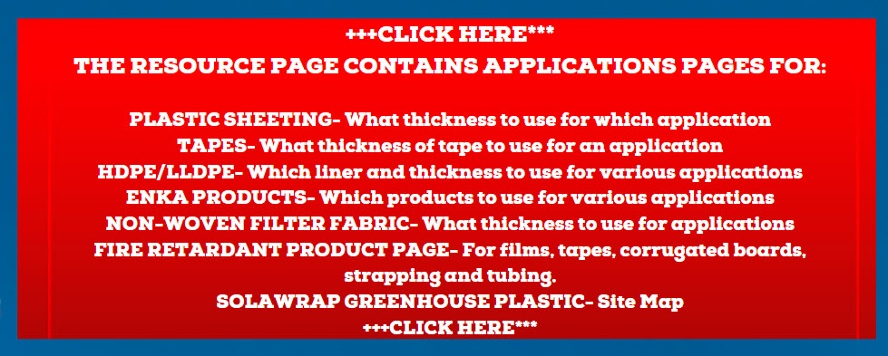Unveiling Enkadrain Flow Charts: A Comprehensive Guide
Intro: In the realm of drainage solutions, Enkadrain flow charts emerge as a crucial tool, offering a systematic approach to effective water management. Let's delve into the intricacies of Enkadrain flow charts, understanding what they are, who utilizes them, and when they become indispensable.
Understanding Enkadrain:
Enkadrain is a high-performance drainage geocomposite that efficiently manages water flow in various applications, including landscaping, construction, and infrastructure projects.
The Essence of Flow Charts:
-
- Enkadrain flow charts are visual representations outlining the drainage pathways and systems within a specific project or application. They serve as a blueprint for effective water control.
Who Utilizes Enkadrain Flow Charts:
-
-
Architects and Engineers: During the planning phase, architects and engineers use Enkadrain flow charts to design optimal drainage systems tailored to the unique requirements of a project.
-
Construction Professionals: Builders and construction teams rely on Enkadrain flow charts to implement the designed drainage systems accurately, ensuring seamless water management on-site.
-
Landscapers: Enkadrain is often employed in landscaping projects to prevent waterlogging and enhance soil stability. Landscapers use flow charts to integrate drainage solutions seamlessly.
-
When Are Enkadrain Flow Charts Essential:
-
-
Large-Scale Construction: In major construction projects like highways, airports, and commercial buildings, Enkadrain flow charts are indispensable for planning effective drainage systems.
-
Urban Planning: City planners use Enkadrain flow charts to design sustainable drainage infrastructure, mitigating the risks of flooding and soil erosion in urban areas.
-
Land Development: Whether for residential or industrial purposes, Enkadrain flow charts play a vital role in the development of land, ensuring proper water management and preserving the integrity of the landscape.
-
Benefits of Enkadrain Flow Charts(Click here to the flow charts)
-
-
Precision: Ensures precise planning and implementation of drainage systems, minimizing the risk of water-related issues.
-
Cost-Efficiency: By strategically managing water flow, Enkadrain flow charts contribute to cost savings in terms of maintenance and potential damage repairs.
-
Sustainability: Promotes sustainable water practices by preventing soil erosion, waterlogging, and other environmental concerns.
-
The differences in Enkadrain Flow Charts for different soil types and their respective hydraulic conductivity values (K values) reflect variations in water drainage characteristics. Let's break down the distinctions:
-
Enkadrain Flow Chart in Sandy Clay (K Value: 0.42):
- Characteristics: Sandy clay typically has a moderate ability to conduct water. The K value of 0.42 indicates a moderate hydraulic conductivity, suggesting that water can move through the soil at a moderate rate.
- Enkadrain Application: The flow chart designed for sandy clay with a K value of 0.42 would likely incorporate Enkadrain solutions tailored to optimize drainage in soils with this specific hydraulic conductivity.
-
Enkadrain Flow Chart in Sandy Clay (K Value: 0.56):
- Characteristics: A K value of 0.56 in sandy clay suggests a higher hydraulic conductivity compared to the previous scenario. This indicates that water can move more easily through the soil, reflecting a higher permeability.
- Enkadrain Application: The flow chart for sandy clay with a K value of 0.56 would likely involve Enkadrain solutions specifically engineered to address the increased water movement capacity of the soil.
-
Enkadrain Flow Chart in Silty Sand (K Value: 0.33):
- Characteristics: Silty sand typically has a higher hydraulic conductivity, with a K value of 0.33 indicating efficient water drainage capabilities. Silty sand allows water to move through it more easily than the aforementioned sandy clay scenarios.
- Enkadrain Application: The flow chart designed for silty sand with a K value of 0.33 would likely focus on Enkadrain solutions optimized for the high permeability of this soil type, ensuring effective water management.
In summary, the differences lie in the hydraulic conductivity values of the soil types, influencing the design of Enkadrain Flow Charts to address specific water drainage needs. A higher K value indicates better water conductivity, influencing the choice of Enkadrain solutions for optimal performance in different soil conditions.
Conclusion: Enkadrain flow charts stand as indispensable tools in the arsenal of professionals involved in construction, landscaping, and urban planning. By providing a visual roadmap for optimal water management, these flow charts ensure the efficiency, sustainability, and success of diverse projects across various industries.



